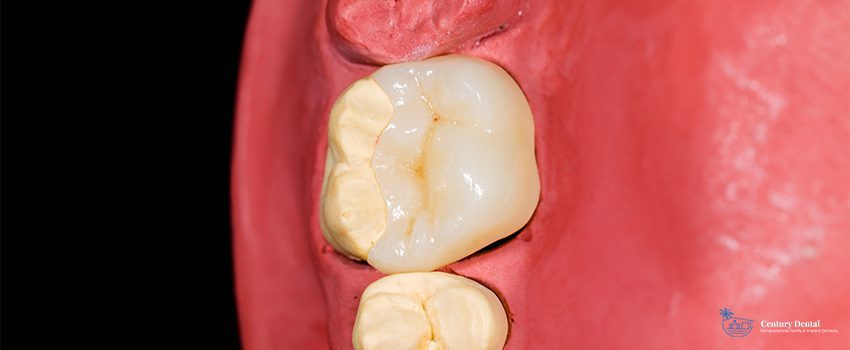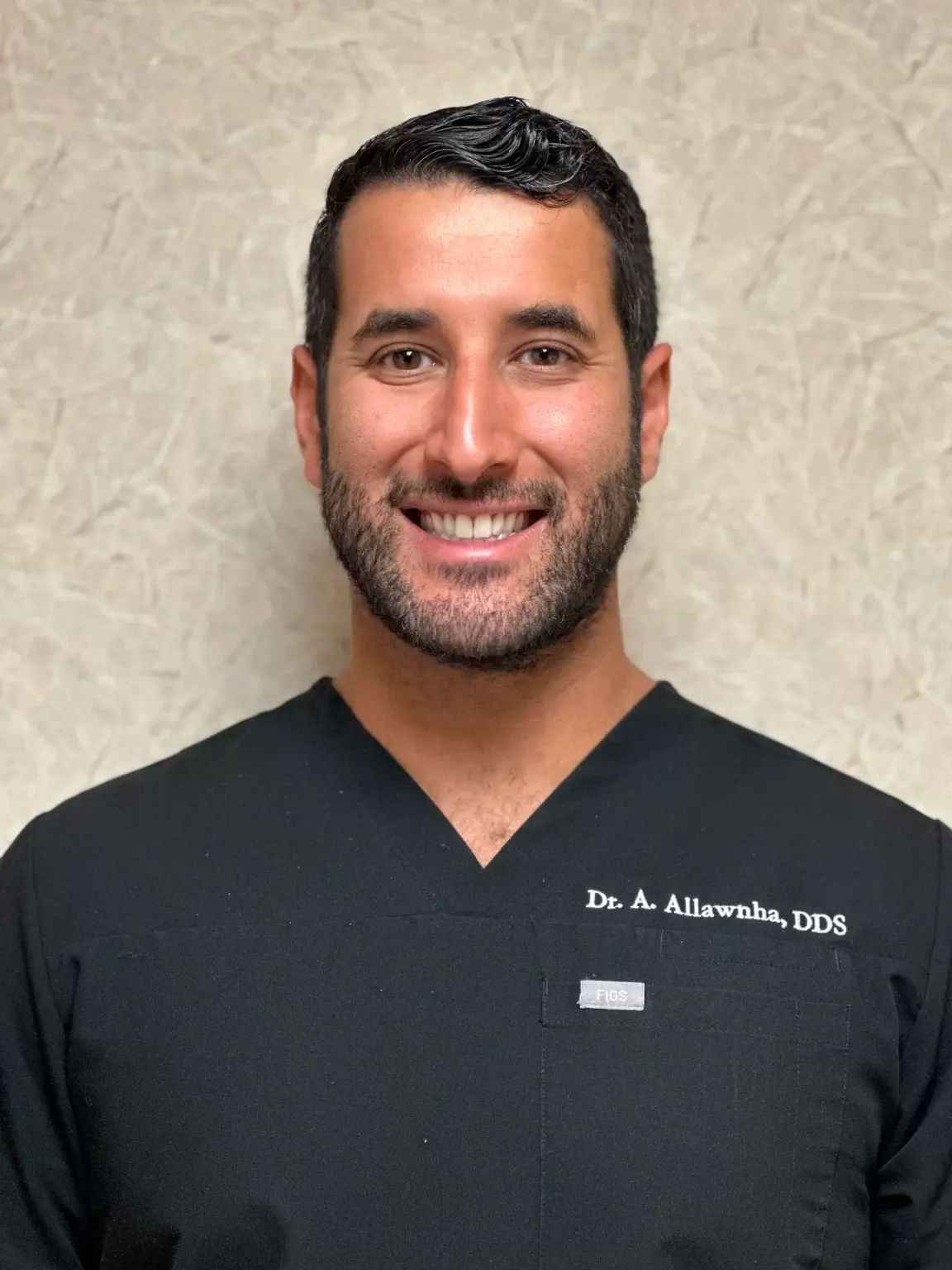Navigating potential restoration options for your damaged teeth can be quite overwhelming. One approach that people opt for when dealing with tooth decay is dental onlays.
While many find this a great solution, many are still confused about which is the best to use between an onlay or a crown. Both host several benefits, but one works better depending on the gravity of the tooth decay.
What Is a Dental Onlay?
Think of onlays as the middle ground between inlays and crowns. They cover areas of tooth decay that are too big for inlays and too small for crowns. When your tooth cavity is too large for traditional fillings, dentists may recommend onlays that fit your tooth’s biting surface. Common materials used for onlays are:
- Porcelain and ceramic- recommended for front teeth because of their cosmetic appeal
- Resin- ideal for molars and pre-molars because of its durability
- Gold- considered to be the strongest material for molars and pre-molars but is not recommended for front teeth
- Consult your dentist on which material would be the best choice for your condition.
Dental Onlay vs. Crown
These two are both single-tooth restoration approaches reserved for larger areas of decay. What makes them different from each other is the area of the tooth surface they cover.
Compared to dental onlays, crowns cover the entire tooth structure, including the tooth structure above the gum line. In severe cases, your dentist may recommend crowns rather than onlays. However, there are other situations when you should opt for onlays instead, such as:
- When inlays or fillings can’t be used to cover the damages on your tooth’s cusps
- When your tooth has a weak structure and restoring a cavity with a regular filling will worsen the damage
- When there is a need to keep a certain amount of natural tooth structure for other restoration approaches
Generally, onlays last around ten years, while dental crowns last between 5 to 15 years, depending on how well you take care of them. Other factors that can affect the longevity of your crown or onlays are:
- Plaque build-up due to poor hygiene
- Poorly designed restorations
- Metal-based onlay materials
Part and parcel of understanding the question “what is a dental onlay” is knowing the steps involved in this dental procedure.
Onlay Procedure
If visiting your dentist prompts fear and stressful thoughts, attend your appointments with someone who will encourage you and keep you calm. These might be heavy for some, but please remember that these two steps are necessary for a successful onlay procedure that will prevent the need for further dental work.
Here are the steps that you should expect during an onlay procedure:
- Your first schedule with your dentist involves the removal of the decayed portion of your tooth. Once your dentist has properly checked your dental status and cleared your teeth of decay, they will take impressions of your teeth and send them to the laboratory that will create your permanent onlay. For the time being, your dentist will place a temporary onlay to protect your tooth until your next appointment.
- Once your onlay is fabricated, you will be scheduled for your next dental appointment. Your dentist will replace your temporary only with your new restoration and check your bite in this appointment. After ensuring that your new onlay fits you well, your dentist will permanently bond it to your tooth.
Caring for Temporary Onlays
A dental professional will fit a temporary onlay to your tooth at the end of your first appointment. Neglecting the care of this temporary protection will only worsen your tooth condition and waste the time and money you invest in restoring the natural glory of your teeth.
To save you from this situation, here are some tips in caring for your temporary onlay:
- Avoid flossing near the area of your teeth where the temporary onlay is placed.
- Avoid chewing sticky or hard items.
- Contact your dentist in case of possible dislodging.
- Avoid eating or drinking overly hot or cold beverages.
- Brush your teeth gently.
- Use antiseptic mouthwash regularly.
Keep in mind that only a dental professional can properly determine the best restoration option for you and give you the most honest advice.
Get Expert Opinion on Your Dental Health
A study by the American College of Prosthodontists proves how challenging it is to determine which dental condition warrants filling, crown, inlay, or onlay. But a trusted dental professional is always there to walk you through these various options that you can consider.
Century Dental has a team of experienced and well-trained specialists dedicated to providing you with the warmest service that will make your dental experience more pleasant.
Our seasoned dentists in South Pasadena, FL, are here to advise you on what right treatment best matches your dental health, budget, and perfect smile. Book a consultation with us, and get started in ensuring the functional longevity of your oral health.





